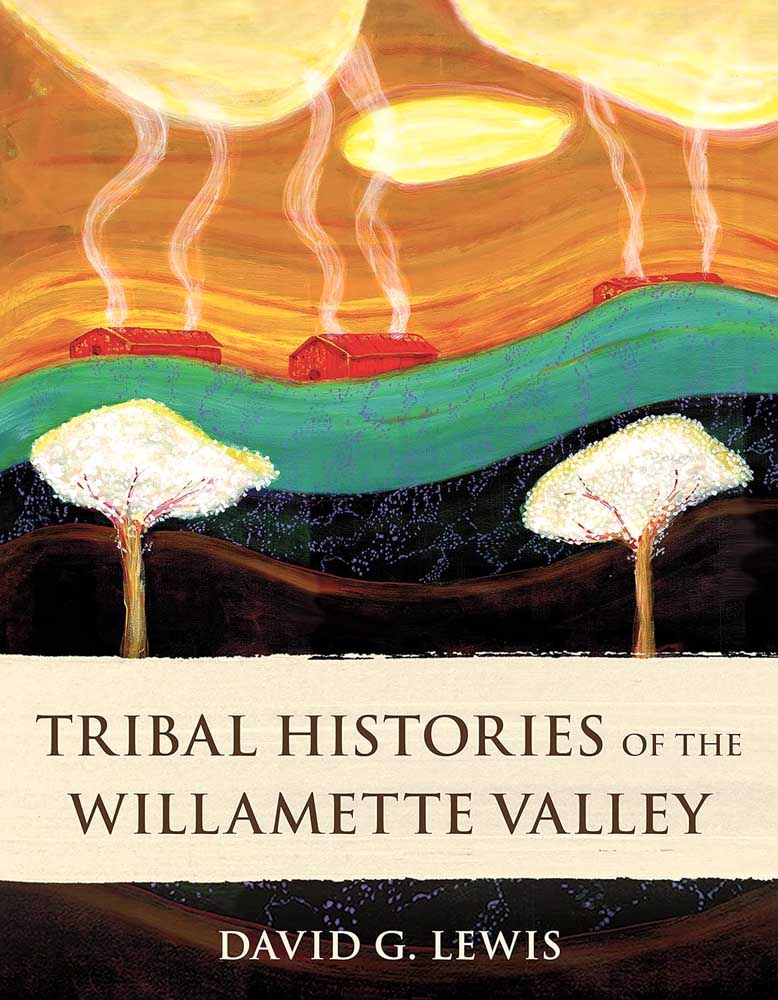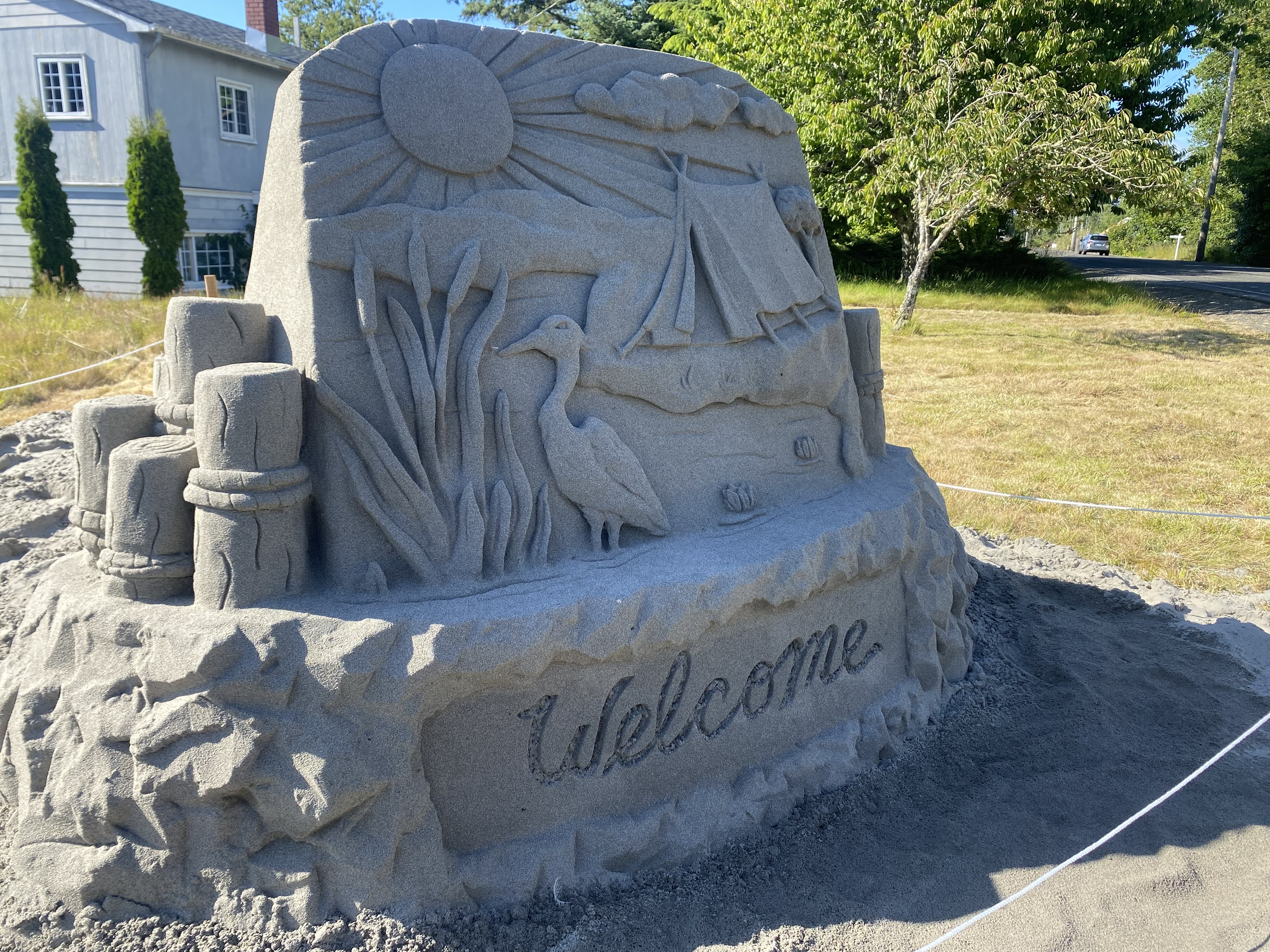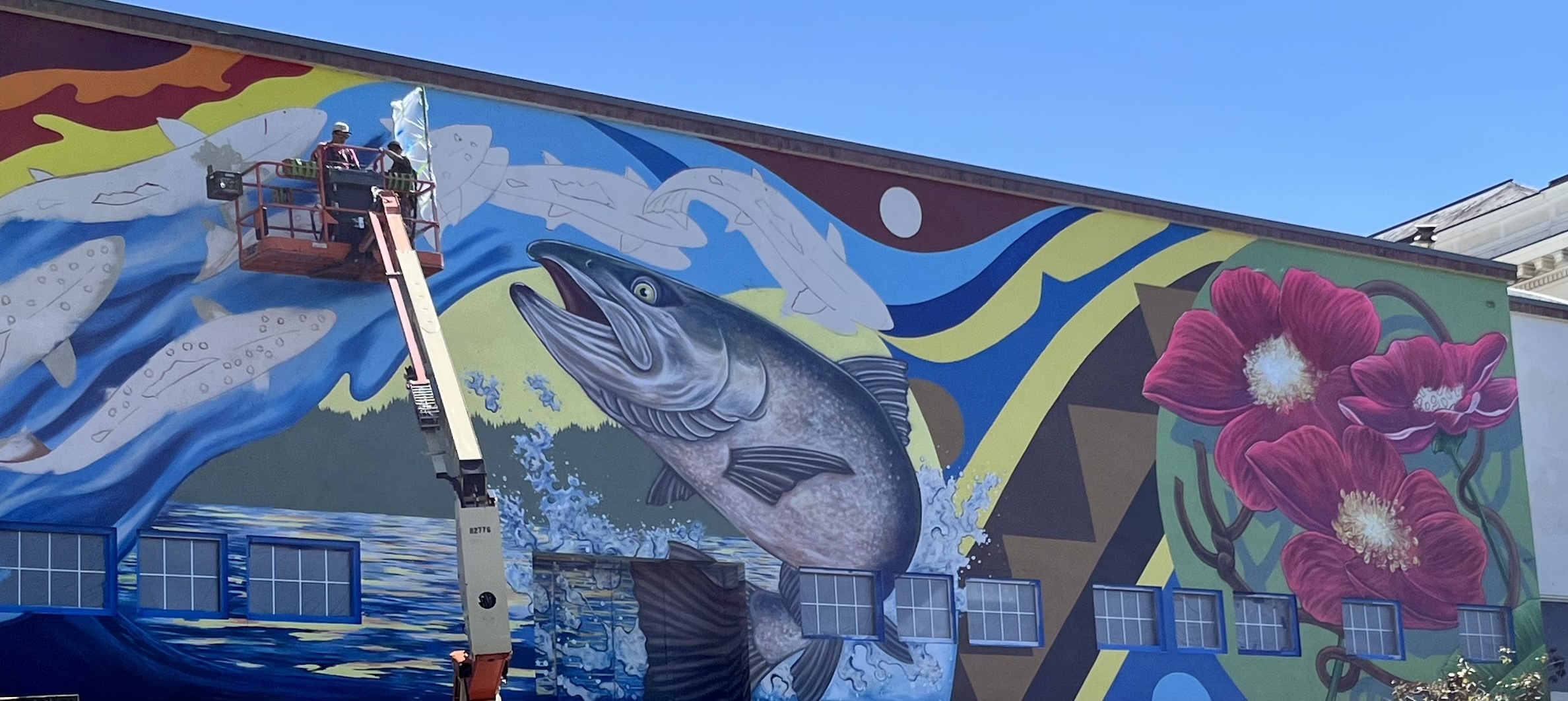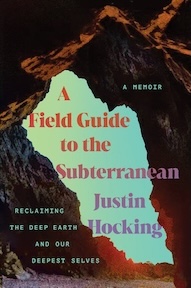Bookmonger: Stories of Oregon’s Indigenous history
Published 9:00 am Tuesday, December 5, 2023

- “Tribal Histories of the Willamette Valley” is the result of research compiled by David G. Lewis, a member of the Confederated Tribes of Grand Ronde and an assistant professor of anthropology and ethnic studies at Oregon State University.
Ooligan Press is a trade press run by Portland State University students who are training to work in the publishing industry.
Trending
The word “Ooligan” derives from a local Indigenous word for smelt, which was a plentiful fish resource in Northwest rivers — and is also quite possibly the origin of the name “Oregon.”
With this historical context in mind, it seems appropriate that Ooligan’s latest title is “Tribal Histories of the Willamette Valley.”
This book is the result of research compiled by David G. Lewis, an enrolled member of the Confederated Tribes of Grand Ronde and assistant professor of anthropology and ethnic studies at Oregon State University.
Trending
Lewis makes no bones about the motivation for his work: “The actions of the United States and its citizenry have continually impoverished the tribes and their people for the past nearly 200 years.”
“Tribal Histories of the Willamette Valley” by David G. Lewis
Ooligan Press — 240 pp — $24.95
He asserts that over decades of territorial expansion, the U.S. attempted to erase tribal cultures, whether through deprivation, assimilation or death.
Western Oregon tribes suffered population declines from exposure to unfamiliar diseases through early contact with white explorers and trappers.
When Lewis and Clark came through in 1805 and 1806, they estimated there were several thousand Native Americans along the Columbia River and many more up the Willamette River and on the Oregon Coast. But they also noted tribe members’ pockmarked faces, an indication that smallpox had arrived.
By the 1840s, tribes that once had had a robust regional presence were experiencing such significant decimation that they were condensing into primary villages, leaving their customary harvesting, hunting, and fishing areas open to opportunistic settlers due to “abandonment” by the tribes.
The commercial enterprises that white settlers set up and the agricultural practices they imposed upon the landscape disrupted a way of life that the tribes had sustained for thousands of years.
The author shares stories of Native individuals who, although denied American citizenship, were allowed to integrate just enough into white society to reside on town outskirts and function as cheap labor.
But overwhelmingly, Native Americans were forced off of their lands.
Lewis recounts the ways that the federal government, local white authorities and vigilantes dealt with the Kalapuyans, Molallas, Chinook and other tribes.
Sometimes it was with violence.
Efforts of cultural erasure ranged from boarding schools to unmet expectations that reservation life would revolve around an agrarian model.
Lewis also details treaties, some of which were never signed. And getting renewed attention today are unresolved cases of falsely presumed abandonment of tribal lands.
“In Oregon, the most aggrieved area is that of the Oregon Coast, all of which was treated as if the tribes willingly abandoned lands of the coast to move to the Coast or Grand Ronde reservations,” Lewis writes.
My advance copy of “Tribal Histories of the Willamette Valley” included illegible reproductions of historical maps. I would have liked to see the inclusion of a present-day map that indicates the minuscule size of the reservations in relationship to the unceded land — a picture is worth a thousand words.









